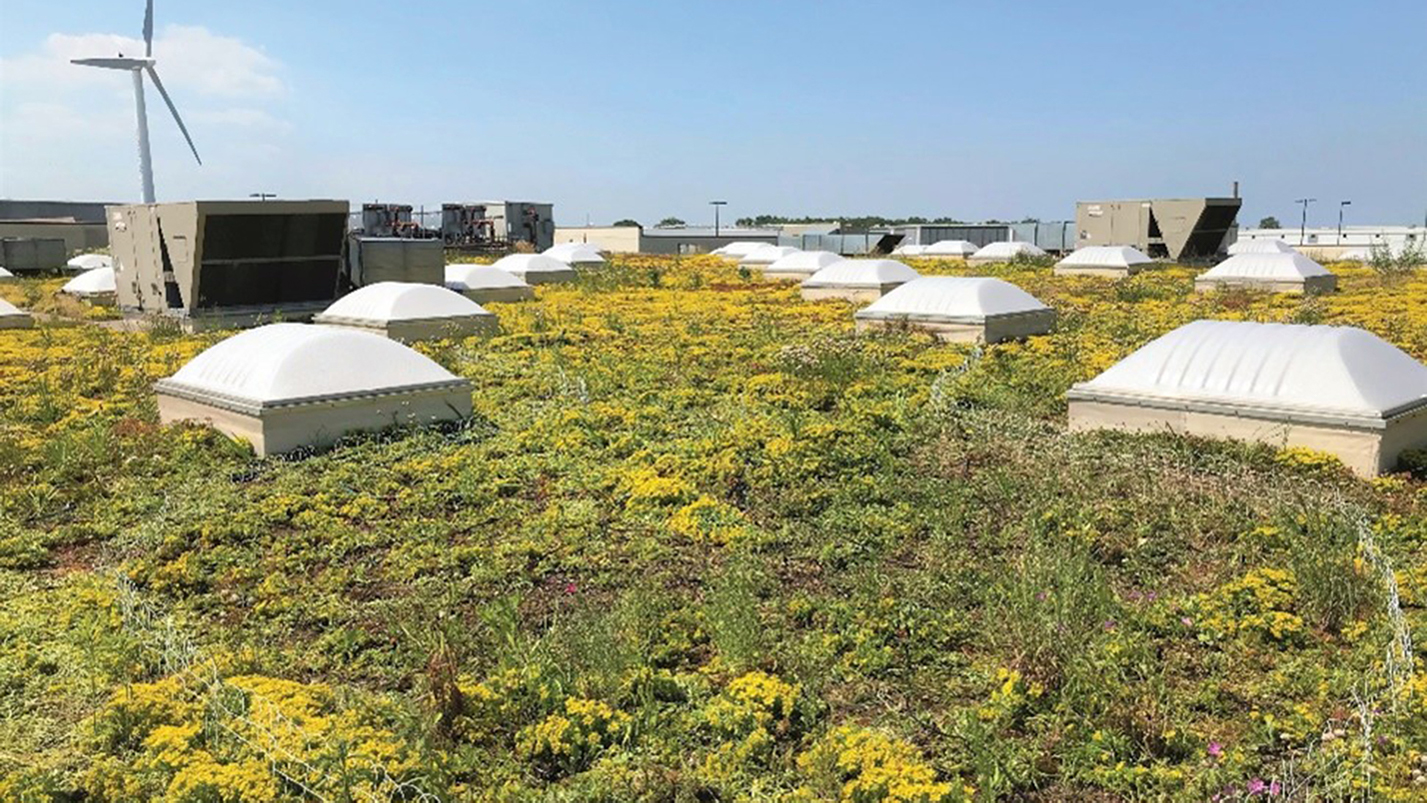- Stormwater Management
-
-
Stormwater Management
Comprehensive solutions for a wide range of above-ground and underground stormwater systems.
-
- Wastewater Management
-
-
-
Wastewater Management
Ensure your wastewater system is operating efficiently with regular maintenance.
-
-
-
-
- Sustainable Water Engineering
-
-
-
Sustainable Water Engineering
Comprehensive stormwater design in a cost efficient and sustainable manner.
-
-
-
-
- Water Quality Testing & Compliance
-
-
- Permitting ComplianceStormwater regulations are created at the federal, state and local levels, it is important to maintain compliance with all regulations to avoid fees and potential jail time.
- Stormwater Quality TestingStormwater runoff often leads directly to surface waters which directly effects public health and ecosystems.
-
- Drinking Water TestingAQUALIS facilitates water quality analysis and testing services to commercial and retail properties, as well as restaurant establishments with ground water systems.
- Wastewater TestingAQUALIS offers wastewater quality testing to assist treatment plants in monitoring treatment methods.
-
-
-
Water Quality Testing
Comprehensive stormwater design in a cost efficient and sustainable manner.
-
-
-
-
-
- Green Infrastructure
-
-
Green Infrastructure
Green Stormwater Infrastructure (GSI) are stormwater control measures (SCMs) that capture, manage, and treat stormwater runoff by mimicking natural hydrologic and pollutant removal processes.

Green roofs treat stormwater where it lands.
-
-
-
- Insights & Expertise
-
-
-
Insights & Expertise
As the leader in the sustainable water industry, AQUALIS is able to provide insight and expertise to your project.
-
-
-
- Featured Insights
 Kenosha, Wis. Highway KR Regenerative Stormwater ConveyanceThe Root-Pike Watershed Initiative Network Kenosha County, and others worked with AQUALIS to design and implement an innovative solution for stormwater control along Highway KR.
Kenosha, Wis. Highway KR Regenerative Stormwater ConveyanceThe Root-Pike Watershed Initiative Network Kenosha County, and others worked with AQUALIS to design and implement an innovative solution for stormwater control along Highway KR. Durham, N.C. Sinkhole Leads to Stormwater System RehabilitationThe tenant on this property noticed a depression that opened to the ground below and notified the property owners.
Durham, N.C. Sinkhole Leads to Stormwater System RehabilitationThe tenant on this property noticed a depression that opened to the ground below and notified the property owners.
-
-
-
- 888.590.9685
- Client Login
- About Us
- Careers
- Locations
- Stormwater Management
- Wastewater Management
- Sustainable Water Engineering
- Water Quality Testing & Compliance
- Green Infrastructure
- Insights & Expertise
- 888.590.9685
- Client Login
- About Us
- Careers
- Locations


